While the town of Sleepy Hollow exists, it is not in or around Boston. The Sleepy Hollow of stories, movies, and myth is located in New York state close to the south Connecticut border (and a 3.5-hour drive outside of Boston). However, there is a Sleepy Hollow Cemetery in Concord (outside of Salem), where some of America’s notable literary talent is buried on a hill called Authors Ridge.
The Sleepy Hollow Cemetery in Massachusetts was designed by landscape architects Cleveland and Copeland (1855) and was inspired by the philosophies, esthetics, and sentiments of Transcendentalism, a movement made popular with the publication of Ralph Waldo Emerson’s essay Nature (1836). As such, Emerson gave a speech at the cemetery during its consecration where he referred to it as “the garden of the living.”
Emerson was buried here 27-years later on Author’s Ridge, with other Transcendentalists. Finding these graves was our purpose for visiting, and forced me to dust off my English textbooks (and memories) of American literature. I’ve made note of some graves below.
Ralph Waldo Emerson (1803-1882)

To be yourself in a world that is constantly trying to make you something else is the greatest accomplishment. – Ralph Waldo Emerson
I rather like Emerson; he forged his own well lit path at a time when America was still trying to find its identity. And, because of his success in doing so, he was able to influence other American authors to find their own unique non-European literary voice.
In the public view, Emerson is largely credited for being one of the founders of the Transcendental Club / Transcendentalism Movement as seen works like Nature, Representative Men, The Conduct of Life, and many other essays where he focused on the divine connection between God, Man, and Nature.
Buried in a family grave, Emerson is located away from the steps leading up to Author’s Ridge. It’s hard to miss because it is a gigantic rock. Behind his plot is Harriett Mulford Stone Lothrop (a.k.a. Margaret Sidney) the author of The Five Little Peppers and How They Grew (in the right-hand side of the photo you can see the shadowy corner of her grave). My mom loved this series as a child. Harriett married publisher Daniel Lothrop and later took over D. Lothrop & Company after her husband died.
Henry David Thoreau (1817-1862)

How vain it is to sit down to write when you have not stood up to live. – Henry David Thoreau
Of all the authors from his time, Thoreau is often referred to as the “Naturalist” because of his views on the environment and writings such as Walden that laid the groundwork for modern-day ecological thought and theory. Like his peers, Thoreau became a key member of the Transcendentalist Movement and fought ardently for abolition.
His Abolitionist views led to the writing of Resistance to Civil Government (often referred to as Civil Disobedience), which later inspired Gandhi to compare Thoreau’s pro-humanity beliefs to his own non-violence satyagraha (though the correct meaning of “civil” in this case has been hotly debated for over a hundred years).
Thoreau died young at the age of 44. After contracting Tuberculosis, his health rapidly deteriorated to his death in 1862. His family plot is the first one that you see when you head up the stairs to Author’s Ridge.
Nathaniel Hawthorne (1804-1864)

Our Creator would never have made such lovely days, and have given us the deep hearts to enjoy them, above and beyond all thought, unless we were meant to be immortal. – Nathaniel Hawthorne
We’ve met Nathaniel Hawthorne before… the descendent of John Hathorne… writer of the Scarlett Letter and the House of the Seven Gables, the primary focus of this post.
He died of “stomach pains” on the cusp of the American Civil War. Many of his literary peers were pallbearers at his funeral. Buried with Nathaniel in his plot on Authors Ridge is his immediate family. His wife and daughter Una were originally buried in England but were moved to Concord in 2006.
Louisa May Alcott (1832-1888)

Painful as it may be, a significant emotional event can be the catalyst for choosing a direction that serves us – and those around us – more effectively. Look for the learning. – Louisa May Alcott
There’s hardly a girl alive who hasn’t read Little Women and subsequently heard the name, Louisa May Alcott. Unlike the authors listed above, Alcott was a child of the Transcendentalist Movement rather than a member. As the daughter of transcendentalist and educator Amos Bronson Alcott, she found her own path and frequently spoke out about the “arrogance of man.” Her short story Transcendental Wild Oats is a sarcastic look at the beliefs of transcendentalism and a snapshot of what it was like growing up in the transcendental community.
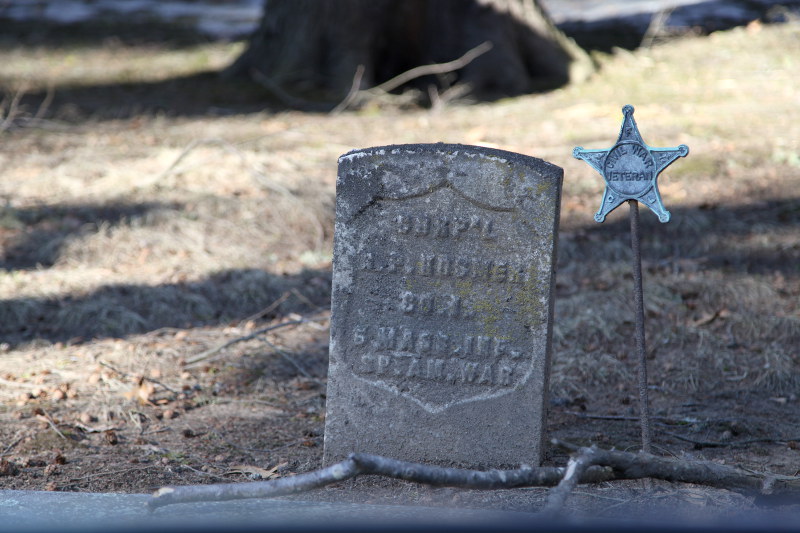
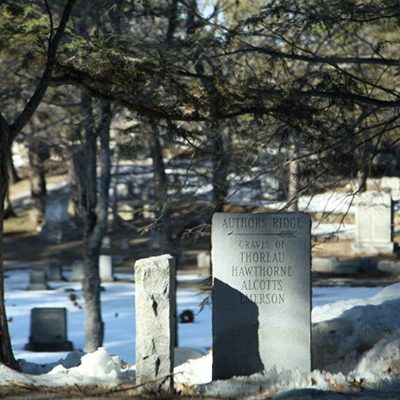
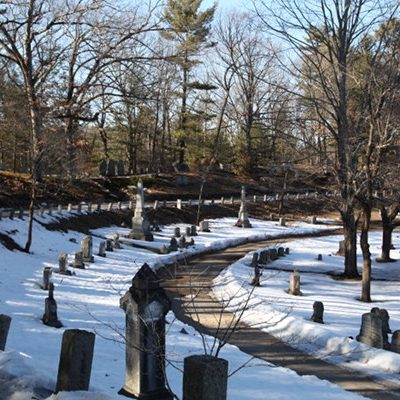
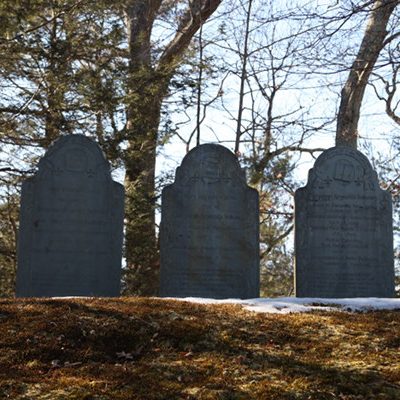
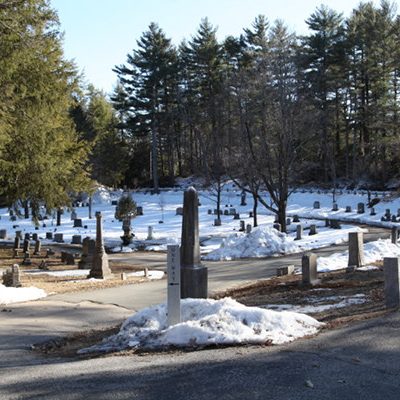
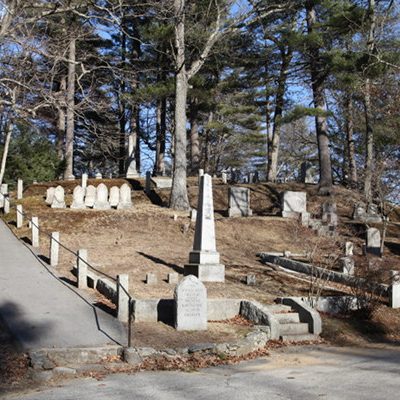
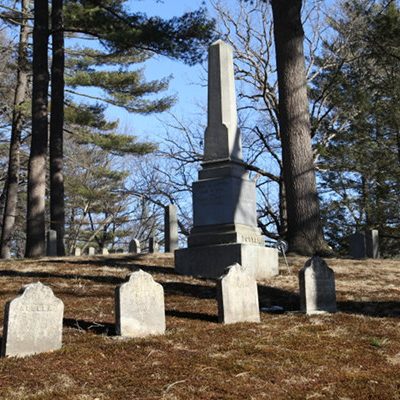
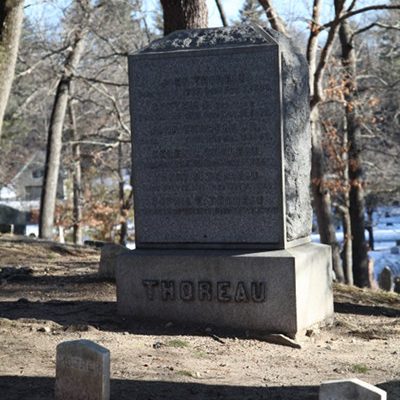
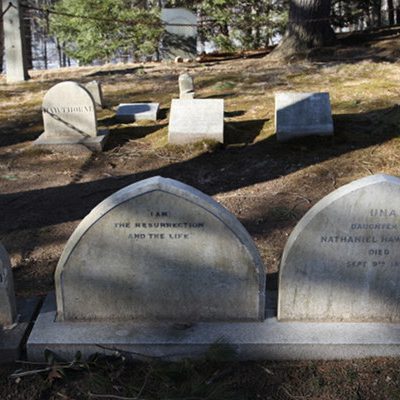
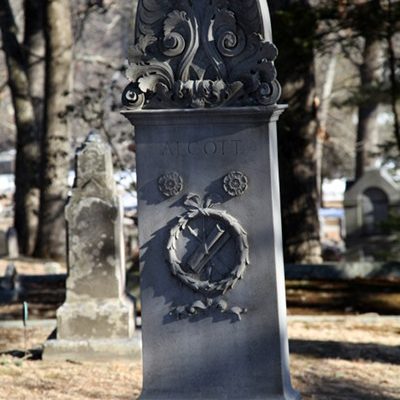
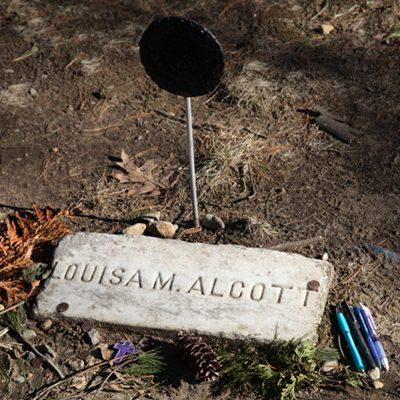
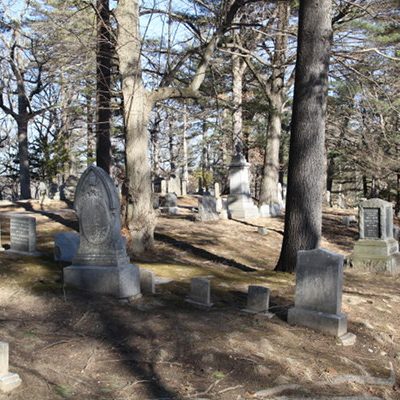
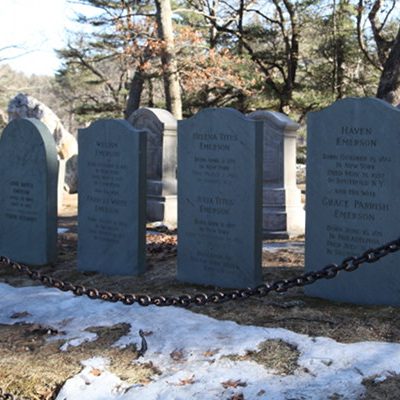
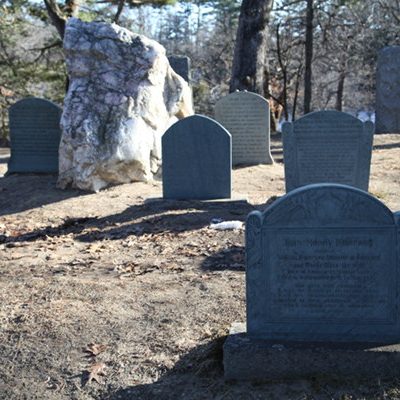
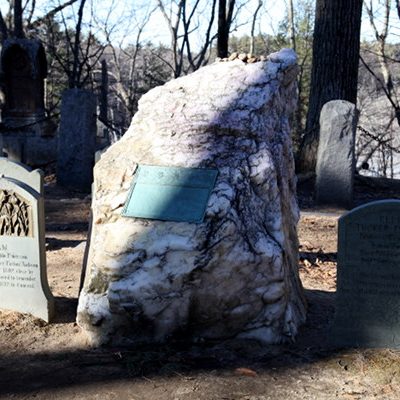
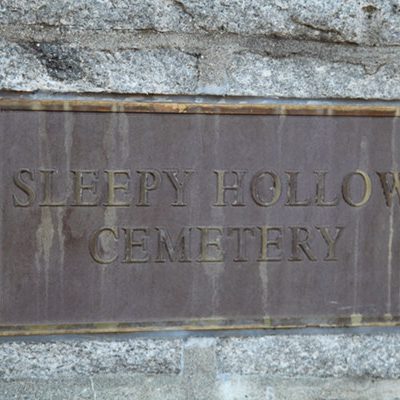
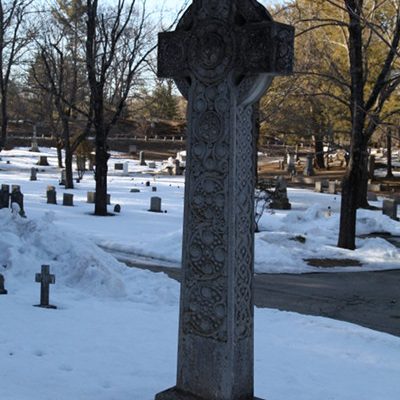
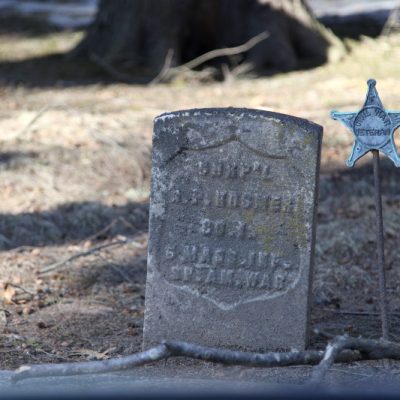
0 comments on “Sleepy Hollow Cemetery”Add yours →